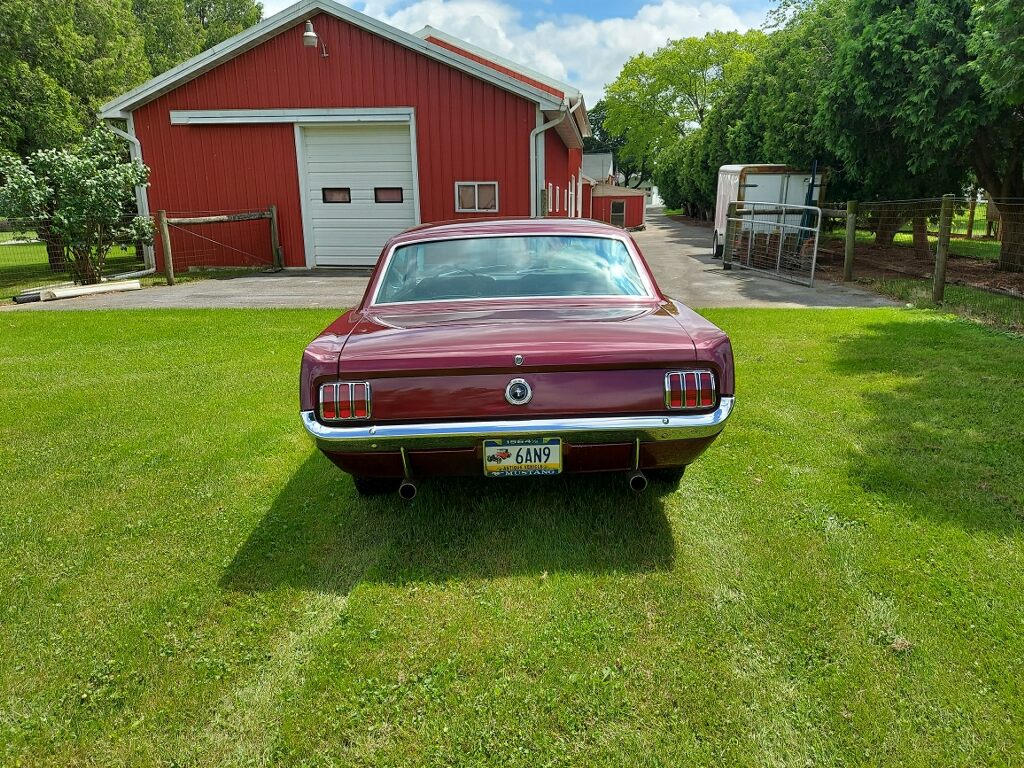Darryl Brandt, owner of Riverside Customs, Inc. in Wrightsville, PA, brings over 18 years of experience as an Auto Body Specialist and Mechanic. Known for his meticulous attention to detail and commitment to perfection, Darryl has earned a strong reputation in the industry for delivering exceptional craftsmanship. His dedication to customer satisfaction has made Riverside Customs a trusted name in the Wrightsville community.
Darryl’s expertise is backed by several professional certifications, including welding, inspection, emissions, and NELMA . These qualifications, combined with his natural talent for diagnosing and repairing vehicles, ensure that every car that comes through the shop is handled with precision and care.
Beyond his technical skills, Darryl’s passion for cars extends beyond the garage. In his free time, he enjoys spending time with his family and working on his personal vehicle projects. His love for the craft is evident in every job, whether it’s a custom hot rod build, collision repair, or a routine service.
At Riverside Customs, we specialize in custom hot rod builds, auto repair, and collision work, offering personalized, high-quality service to each customer. Darryl and his team treat every vehicle like their own, ensuring every detail is perfect, from performance to appearance.
Whether you're looking to restore a classic, enhance your car’s performance, or need expert collision repair, you can trust Riverside Customs to deliver results that exceed expectations.









.png)

